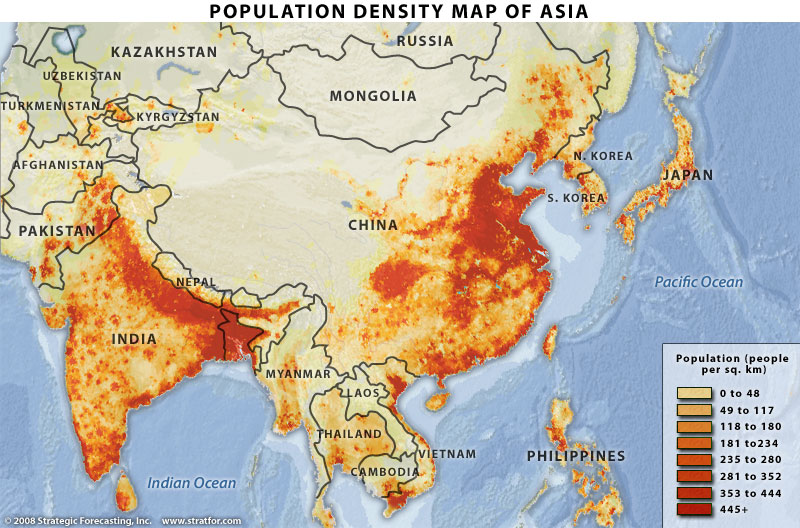View Visiting Oxnard in a larger map
Even
though Geographic Information Systems (GIS) has become an ubiquitous tool, it
still requires highly trained professionals.
In addition, Geographic Information Systems (GIS) can be quite expensive
and complicated to operate if not properly trained. Now with Neogeography anybody can create maps
for their use and express their knowledge on specific locations. Best of all, no cartography background is
necessary, because the user is using tools they know such as Google Maps and YouTube. Neogeography allows anybody the joy of making
maps and express their knowledge of local terrain to their friends and
peers. However, with many maps being
posted online it can have pitfalls with consequences.
Although
Neogeography allows anybody to create maps, the dissemination of information
can cause sources to lose its credibility.
Besides losing credibility, it also diminishes the value of maps and work
put in by professionals. The dissemination
of maps causes information to expand; thus, leading to unreliability. Neogeography has its potentials, but it also
has some pitfalls. Anyone can create
maps, but only a skilled technician can convey a strong message through one
map.




